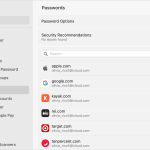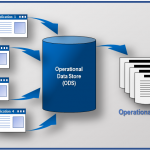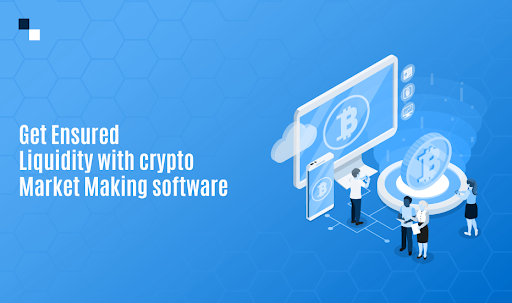The management of identities and access is essential to business security. It boosts efficiency, eliminates the need for passwords, and facilitates authentication across locations and devices.
An IAM solution combines authentication with identity governance to ensure that central administrative decisions inform data access about user roles. It also enables centralized access provisioning and de-provisioning that’s simpler and faster than manual processes.
Table of Contents
Improved Security
Limiting user access permissions and ensuring adequate user vetting is considerably easier with the suitable IAM solution. By confirming identities and ensuring that a minimum of two-factor authentication secures all accounts, it can help avoid data breaches by making it more difficult for bad actors to access critical data or systems.
An identity and access management software can also ensure compliance with standards like GDPR, HIPAA, and Sarbanes-Oxley by helping to identify and track suspicious activities in real time and reporting them appropriately. They can even support a zero-trust model by establishing digital identities for people, devices, and applications that are trusted and monitored to ensure that only the correct information is accessed.
Moreover, an IAM solution can help to mitigate internal risks by reducing the number of traditional points of failure. These include passwords that are too simple or easy to guess, reusing passwords across multiple applications and systems, or forgetting to change passwords when an employee leaves. IAM systems can also automate password recovery and walk users through the process, allowing IT staff to focus on higher-priority issues.
Reduced IT Effort
Identity and access management systems help to reduce IT department workload by automating low-risk tasks, such as helping people reset passwords or unlock their accounts. This allows IT departments to focus on more complex projects like implementing Zero Trust throughout the organization and identifying anomalies in access logs.
Additionally, identity and access management help eliminate password fatigue by allowing users to sign into applications using various methods. This includes biometrics like fingerprint ID and eye scanning, which can be more secure than traditional usernames and passwords. Managing various login credentials, such as an email address and password for a corporate website and a different username and password for an internal application, is also done away with.
Finally, it provides the ability to implement the principle of least privilege by ensuring that users are granted only the level of permissions they need for their roles. This reduces the risk that someone will accidentally or maliciously gain access to sensitive data or systems and enables companies to enforce compliance with data security regulations like GDPR and PCI.
The centralized nature of IAM systems also makes it easier to identify security violations and revoke account access when necessary quickly. In addition, IAM solutions can lower operating costs by utilizing federated identity services to avoid the need for on-premise infrastructure.
Streamlined Operations
A digital identity tells the network who is what it is and what access privileges are assigned. IAM manages these identity attributes and provides a central, automated workflow for granting users access to applications and resources when they need them while also updating those rights over time. The user must be simple and quick to verify their identity using a password, one-time PIN, or biometric information.
IAM enables you to meet compliance standards by enforcing the appropriate levels of security for each application or system. This ensures you can verify identities, detect and report suspicious activity, and provide detailed audit trails. The centralized, automated nature of IAM helps you reduce the amount of manual work required for each user and the overall IT team. As a result, employees can sign in to systems more quickly and switch between tools smoothly, increasing your company’s productivity.
IAM can help your business save money by reducing the costs of managing user accounts. It can also increase IT efficiency by automating manual processes for new hires, role changes, and offboarding. In addition, it can enable SSO for your employee-facing applications to improve the end-user experience and reduce IT support tickets and helpdesk calls.
Increased Business Value
The Identity and Access Management (IAM) framework of business procedures, guidelines, and tools enables IT administrators to manage user access to the IT systems that underpin the operations of their enterprises. This includes single sign-on (SSO) to multifactor authentication and privileged access management.
While IAM’s most important benefit is its security, it also offers other business benefits. By enabling teams to work together more effectively and giving employees fast access to the tools they need, IAM can help increase productivity, improve efficiency, and reduce operating costs.
When a team member needs to access a system or application, an IAM solution can verify their identity based on passwords, one-time personal identification numbers, biometric data, and other information the user provides. The IAM software can then determine whether or not to grant them access based on rules and guidelines determined by the enterprise’s policies. IAM solutions can also manage other aspects of the security lifecycle, including provisioning new user accounts, de-provisioning inactive accounts, and limiting the time a person can spend on the platform before they are automatically terminated.
Many IAM solutions integrate with other security technologies like firewalls and endpoint security to provide more comprehensive security. To avoid maintenance and hardware costs, they can also be deployed in a cloud-based environment, known as identity-as-a-service or IDaaS.











